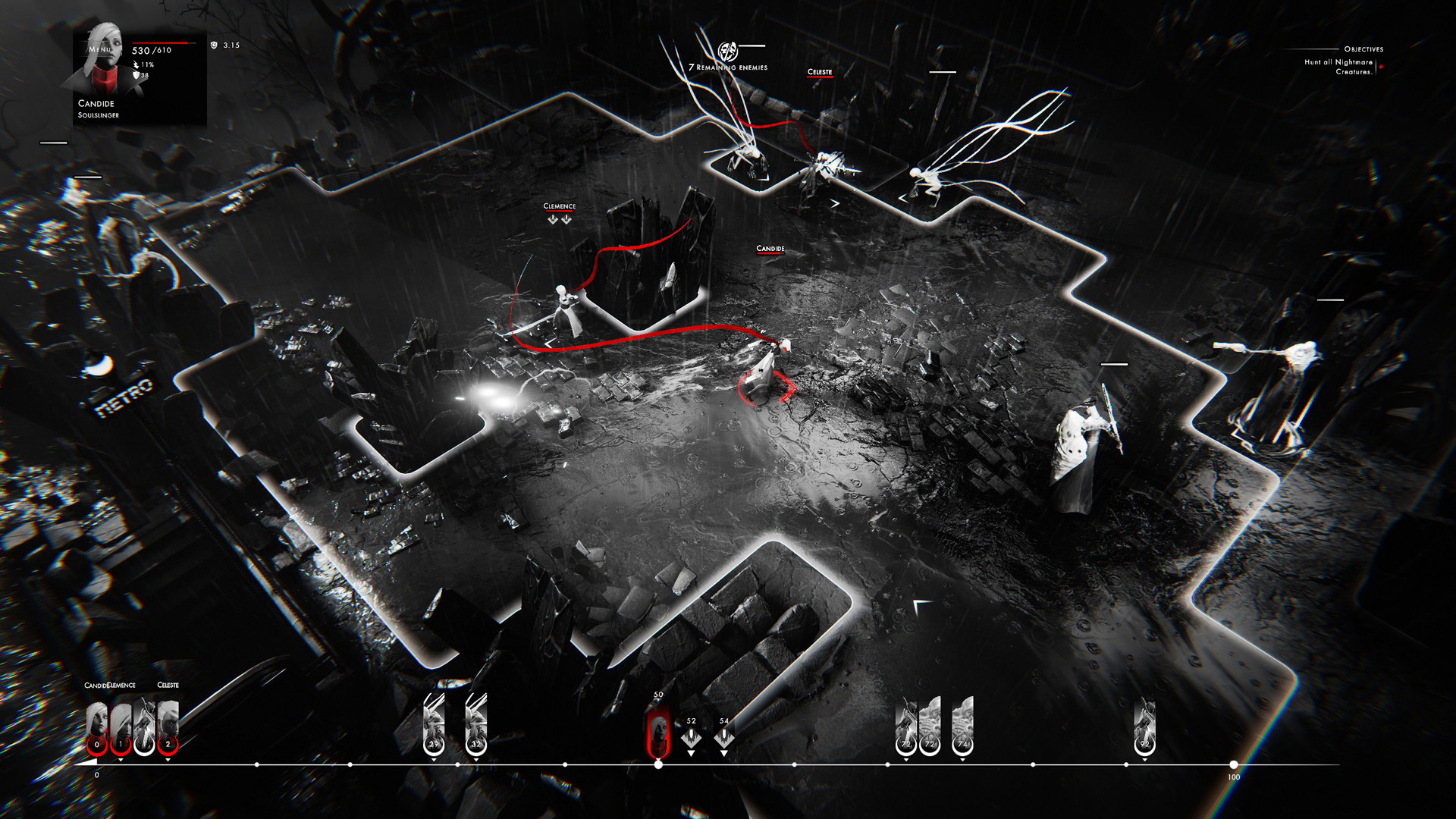
You spend a resource called vitae to create them, assigning them one of three classes: Shieldbearers (tanks), Blademasters (damage dealers), and Soulslingers (ranged damage/support). Your units are all Daughters, borne of the Mother from the tutorial. Interrupts also have the benefit of canceling enemy attacks and performing a counterattack. More common are Reactions and Interrupts these are abilities that have a health cost to use, but will do powerful damage and effects when their trigger conditions are met. Your units can also utilise Delayed Actions, but you’ll have access to extremely few of them, which is a shame. Avoiding these or delaying the enemies becomes the aim of the game. You’ll frequently find enemies that will set up Delayed Actions, which usually hit hard or affect targeted areas.
OTHERCIDE MOTHER WINDOWS
What this means is that you’re incentivised to play conservatively, saving your burst windows for when you can avoid being punished for it. However, if you end your turn with at least 50 AP remaining, that unit will act again much sooner than if fully depleted. You’ll have 100 by default and can get more as they level, with instant actions typically requiring 25-30. When your units get a turn, they can spend Action Points to move and use any combination abilities. Managing the turn order is the crux of any battle, and minimising the enemy's actions while maximising yours is the aim. As such, you'll want your units at the front of the timeline and need to stall or focus fire enemies down before they can act. There, a timeline will display at the bottom of your screen, with units moving up or down it based on their actions. You’ll select your units and then be taken to the stage. With all that preamble, let’s talk about how the battles work.

For the most part, you'll be deployed with the intent to clear the map. I found these alternate types to be very sparsely occurring though. I’ve seen Survival (wait until an exit zone spawns, then get your units to it), Rescue (escort a helpless unit to an exit zone), and Ritual (delay and kill one enemy before it completes a ritual that instantly kills your squad). The daily missions will primarily be Hunts (kill all enemies), but there are occasional variants. The major gameplay loop of Othercide is split between battles and team management. Nonetheless, it is unsettling and well presented throughout. The story certainly compounds that potential of going too far, with tales of twisted surgeons and corrupt priests. Your mileage may vary as to whether it ends up creeping from stylised to “edgy”, though. Couple all that with strong voice work and music that works well to establish the gritty, sombre setting? It’s really an impressive package.
OTHERCIDE MOTHER FULL
The enemy design in Othercide is full of twisted, fleshy and misshapen creatures that wouldn’t look out of place in Bloodborne or any Lovecraftian tale. This is further compounded by the designs of the eldritch abominations you’re fighting. If there’s any one thing that stands out about Othercide, it’s the visuals. Each of your characters has a long flowing scarf that starts completely red but becomes increasingly greyed out as their health bar depletes, for example. The art style and colour scheme are gorgeous to behold, with the black and white only punctuated by red highlights. I have to say from the very outset that Othercide’s presentation is fantastic.

"If there’s any one thing that stands out about Othercide, it’s the visuals."


 0 kommentar(er)
0 kommentar(er)
